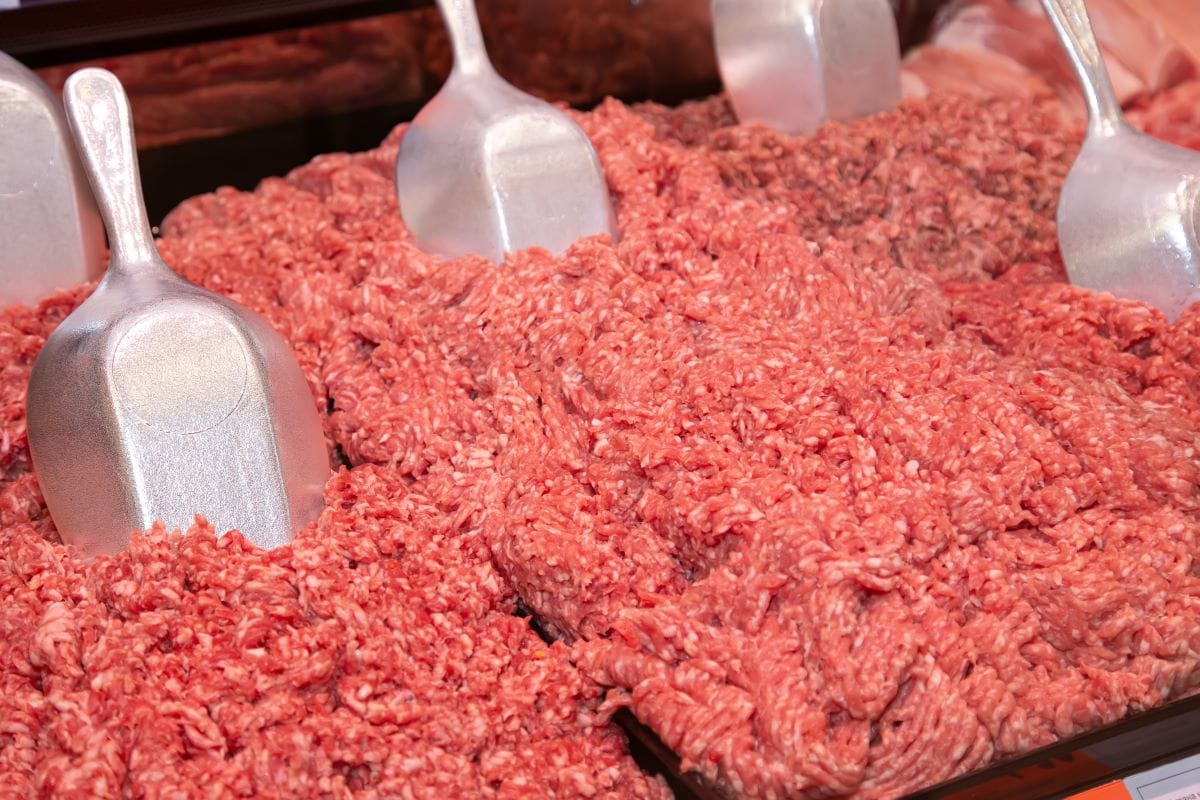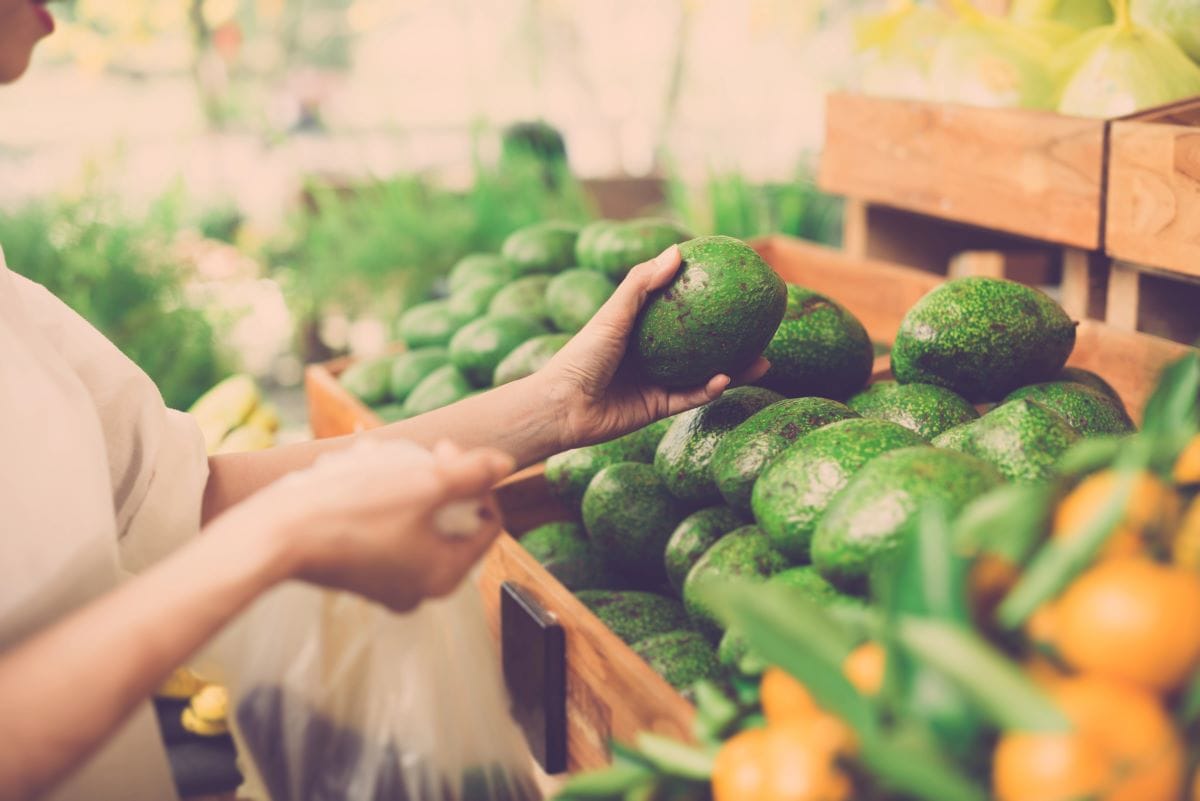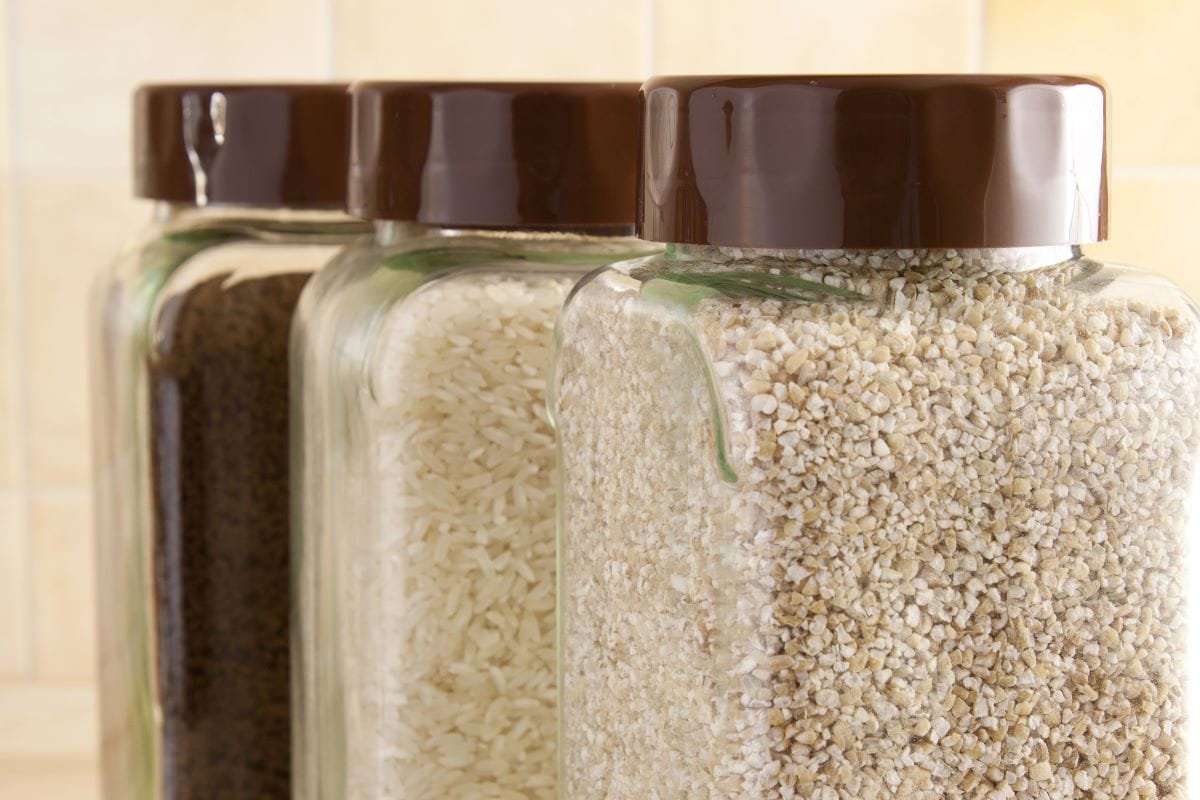This post may contain affiliate links which means I will get a commission if you make a purchase at no additional cost to you. As an Amazon Associate I earn from qualifying purchases. Please read my disclosure for details.
Grocery shopping in 1980 was a very different experience from what it is today. Prices were lower, brands were fewer, and most stores had just a handful of aisles.
While inflation and supply chains have since reshaped the landscape, some regional differences already existed back then. Here is what a typical grocery bill might have looked like in different parts of the country.
In Texas, Ground Beef was Under $1 a Pound

WANT TO SAVE THIS RECIPE?
Shoppers in Dallas or Houston could buy a pound of ground beef for around 89 cents. A dozen eggs were close to 50 cents, and store brand white bread often cost under 40 cents. Families regularly spent less than $25 for a full week of basic groceries.
In California, Avocados were Cheap but Milk Cost More

Avocados were local and plentiful, sometimes sold five for a dollar in Los Angeles. But a gallon of milk averaged about $1.60, higher than the national average. Fresh produce was a highlight, though prices on packaged foods ran slightly higher than in other states.
In New York, A Loaf of Bread Cost About 50 Cents

Urban shoppers in New York City paid a bit more overall, but basics were still manageable. A half gallon of orange juice was under $1, and cereal boxes were often on sale for $1.29. Bodegas and chain stores both kept prices competitive in working-class neighborhoods.
In Illinois, Canned Goods were a Staple and Dirt Cheap

In Chicago and its suburbs, pantry items made up a big chunk of weekly grocery hauls. A can of corn or peas was around 30 cents, and peanut butter cost under $1. Store flyers often featured 10 for $10 sales that drew loyal weekday shoppers.
In Florida, Citrus was Inexpensive and Fresh Year Round

Oranges, grapefruit, and lemons were sold by the bag at low prices thanks to local farms. A five pound bag of oranges might cost $1.50, and frozen juice concentrate was always on sale. Seafood was also reasonably priced, with shrimp under $4 per pound.
In Ohio, Dairy was One of the Most Affordable Categories

Milk, butter, and cheese were heavily produced in state, keeping costs down for families. A pound of butter was around $1.19, and sliced American cheese was under $2 per pound. Many local grocers carried regional dairy brands that kept prices steady.
Related Post: To The Woman Who Can’t Afford Organic Right Now
In Georgia, Grits and Biscuits were Pantry Must haves

A large box of grits costs under a dollar, and biscuit mix could be found for even less. Southern staples were priced for large families, with deals on bulk rice, dry beans, and smoked meats. Local stores often beat national chains on price and selection.
Related Post: 13 Weird Food Facts You’d Only Know If You Grow Your Own
In Michigan, Frozen Dinners were a Growing Trend

TV dinners were rising in popularity and often on sale for 99 cents each. Shoppers in Detroit and nearby towns were starting to rely more on frozen convenience foods. Meat and potatoes combos were among the best-selling options in the frozen aisle.
Related Post: 10 Mother’s Day Brunch Ideas That Won’t Leave You Stuck In The Kitchen
Sign up now to receive our exclusive e-cookbook filled with top-rated recipes for FREE!
The grocery bill in 1980 reflected simpler food habits, regional abundance, and far lower prices than today. While much has changed, these numbers show just how much shoppers once stretched a dollar. Across states, values looked different, but felt surprisingly familiar.
Disclaimer: This list is solely the author’s opinion based on research and publicly available information.
10 Grocery Items That Are More Expensive In May For No Good Reason

May brings spring celebrations, barbecues, and longer grocery lists, but not all price hikes are justified. Certain products suddenly spike without any real cause, catching shoppers off guard. While demand might rise, these inflated prices often feel more like a strategic markup than a seasonal necessity.
Read it here: 10 Grocery Items That Are More Expensive In May For No Good Reason
How to Save $100+ Every Month at the Grocery Store

From planning your meals to avoiding sneaky upcharges in the snack aisle, here’s a realistic guide to trimming your food budget without adding stress to your week.
Read it here: Things Moms Waste Money On (and Don’t Even Know It)
Is Walmart+ Still Worth It in 2025? The Truth After 3 Years

Is the new Walmart Plus worth the annual fee or is it just another failed version of Amazon Prime? I spent my own money trying this service out for 12 months and counting. I have a lot to say about the benefits and drawbacks in this Walmart+ honest review.
Read it here: Is Walmart+ Worth It? Honest Review 3 Years Later!
You’ll love these related posts:
